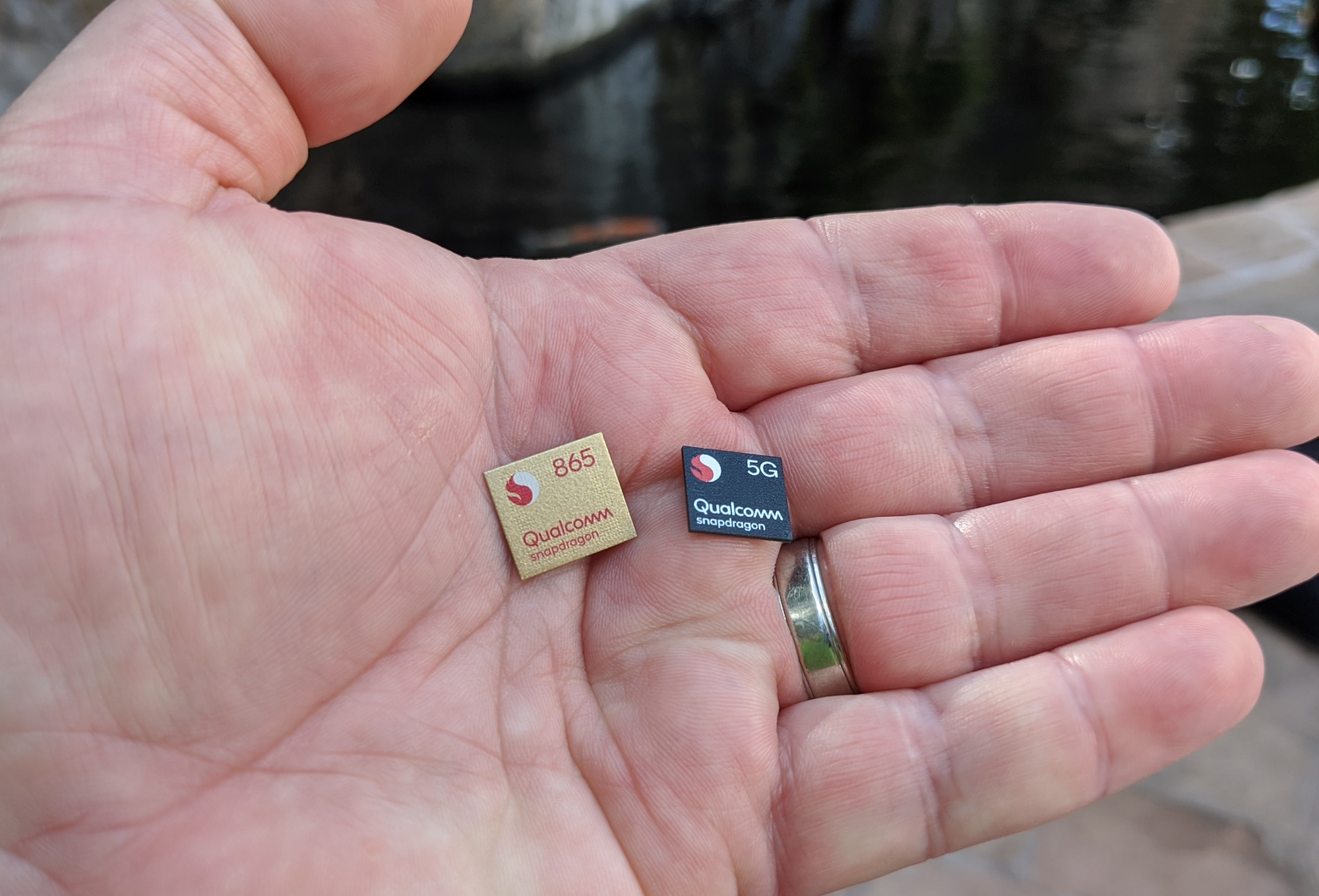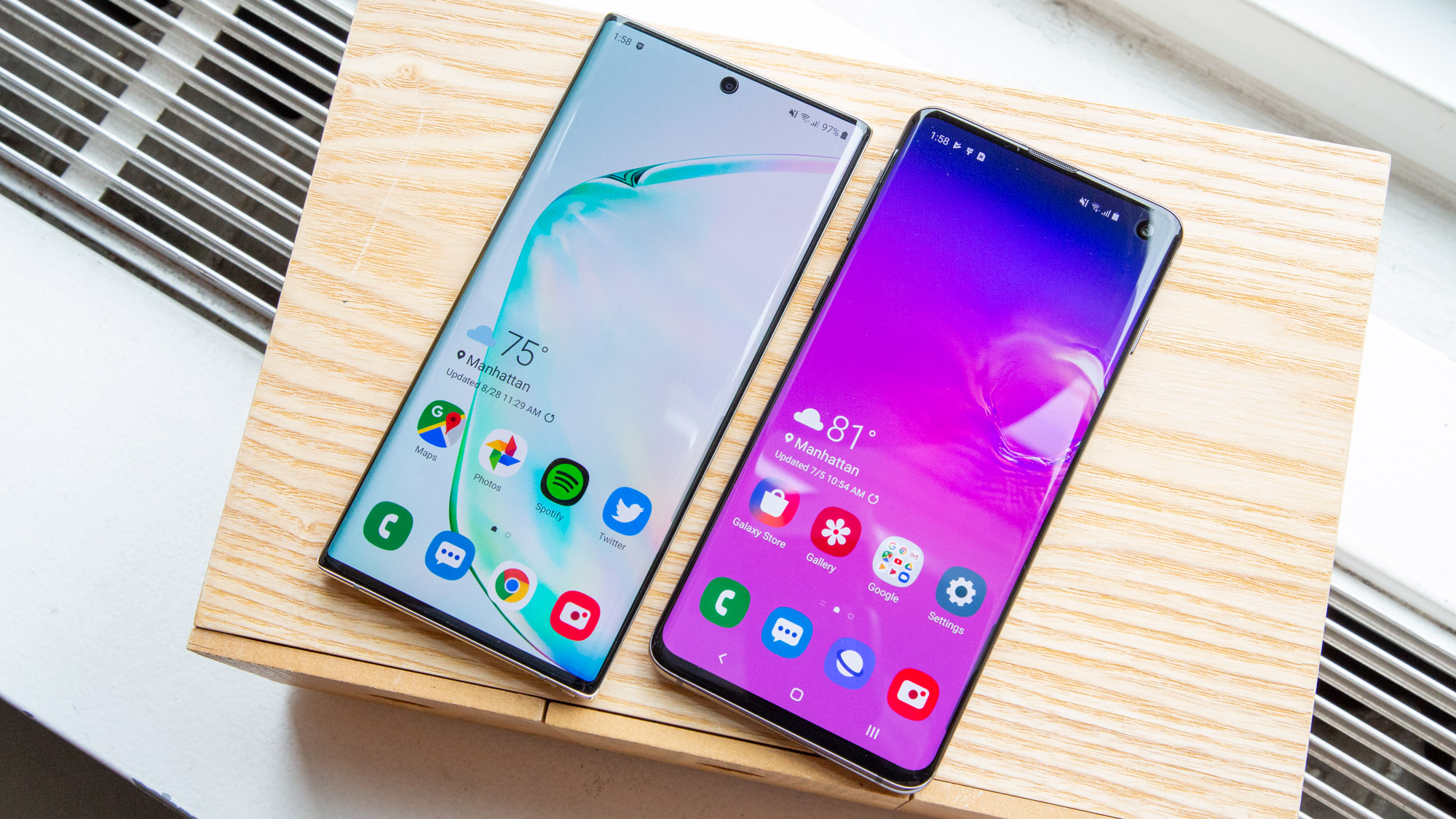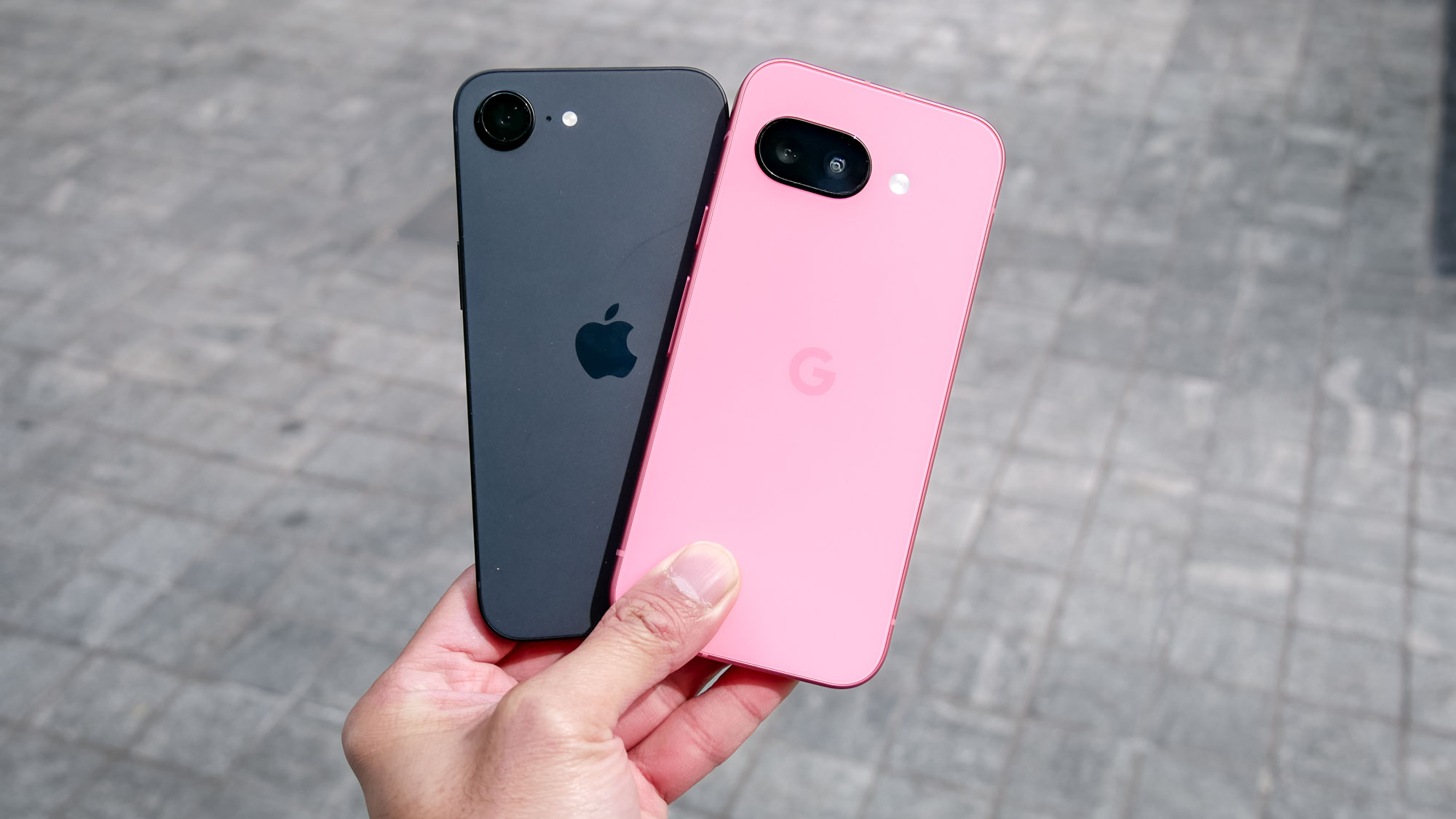Here's every Snapdragon 865 phone to expect in 2020
Who will be first?

Qualcomm has announced its next generation CPU, which will power most non-Apple flagships in 2020. But who will be the first to adopt the Snapdragon 865?
We know few technical details about the Qualcomm Snapdragon 865, but we do know that there is a race to see who will be the first manufacturer to use the chip in a product. And of course, it probably will come from China. The Chinese manufacturers are keen on beating the competition in bringing new technology to market, even if they release phones within days from each other.
Here's every Snapdragon 865 phone we know about so far.
Xiaomi
The popular Chinese brand Xiaomi announced that it was going to be “one of the first” phones to feature the 865 yesterday. In fact, the company is likely to include it in more than one model, as it is planning to release 10 models with 5G capability built-in in 2020 (some of these may be mid-range models based on the new 5G-enabled Snapdragon 765, though).
Xiaomi co-founder Bin Lin said that its first 865-based model will be the Xiaomi Mi 10, which means that the Mi 10 Pro will have it too.
Oppo
Oppo has also announced that it will release a Snapdragon 865 flagship phone in the first quarter of 2020. According to the company’s president of global sales Alen Wu, there will be a new flagship that hasn’t been named yet.
Like previous Oppo flagships, the core functionality of these phones will be photography. The company claims that the 865 will enable new, more powerful camera functionality, which aligns with Qualcomm’s claims that the 865 will support 200MP sensors and AI speeds that will enable new photography and video tricks for night mode and real time combination of different camera sensors into one superior synthetic image.
Sign up to get the BEST of Tom's Guide direct to your inbox.
Get instant access to breaking news, the hottest reviews, great deals and helpful tips.
Meizu
The Chinese manufacturer — known for its bold designs — is not claiming they will be one of the first to bring Snapdragon 865 to the masses but the very first with the Meizu 17.
That doesn’t align with the dates that it has provided because, according to Gizmochina, Meizu says that its upcoming Meizu 17 will come out in Spring 2020. That will effectively put them on the edge of Q2 2020.
Samsung

The Korean company uses its own Exynos processors for the international version of the Samsung Galaxy but, for the US, it uses the Snapdragon family.
It’s very likely that the Samsung Galaxy S11 will use the Snapdragon 865. We can’t imagine them releasing the inferior 855+ when they will have to compete with the updated 2020 iPhone 12.
Samsung may beat all the Chinese manufacturers to the punch, as it usually releases its flagships at the beginning of the year, around February.
Huawei
The banned Chinese company has its own chipset family — the Kirin — and doesn’t use Snapdragon, so don’t expect anything from them.
All we know about the Snapdragon 865
The new chipset will come with a 5G modem, as expected. It can also handle some really crazy functionality, including a 200-megapixel camera and support for smooth 8K 30fps video recording (some 855+ phones support 8K 30fps in experimental mode, but it gets choppy if you move the camera fast).
Qualcomm’s senior VP and general manager Alex Katouzian said that the company expects the new chip to boost gaming performance by 25% compared to the latest chip, the 855+. The chip will also include a new fifth generation AI engine that can process 15 trillion operations per second, which doubles the company’s previous record. According to Katozuian, this will enable more photography tricks and real-time translation.
Finally, the chipset’s 5G model will enable connectivity up to 7.5Gbps, which is quite faster than what the current 5G networks can provide. According to our own tests, the fastest speed we have recorded is Verizon’s 1.07Gbps.
We don’t know a lot more about the technical features of the 865 at this time. The rest of the details will be coming this week from the chip foundry’s developer conference.
Jesus Diaz founded the new Sploid for Gawker Media after seven years working at Gizmodo, where he helmed the lost-in-a-bar iPhone 4 story and wrote old angry man rants, among other things. He's a creative director, screenwriter, and producer at The Magic Sauce, and currently writes for Fast Company and Tom's Guide.

